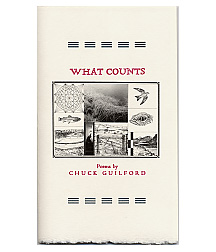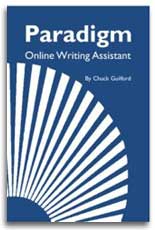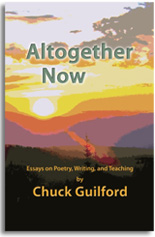Beginning in the Middle and Flashing Back
This time-tested technique goes back at least as far as ancient Greece, where Aristotle praised it as a way of opening stories up fast and getting readers involved. We've seen how the reader's sense of time can be compressed or expanded. Besides compressing and expanding time, however, writers can move time around. 1945 can come before 1939. Christmas morning can come before Christmas Eve. Spring break can arrive before midterm exams. Of course, too much disruption of normal time order, or disruptions that are pointless or hard to follow, can only weaken your organization and confuse readers.
The key to success lies in knowing what you're doing, and why. Imagine lifting an incident from one point in your story and placing it somewhere else:
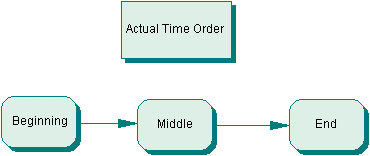
Now we move the middle.
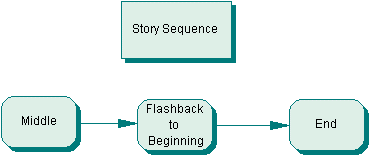
Beginning in the middle allows you to hook your readers' interest by bringing them into the story at a crucial point. Then, once you have them hooked, you can flash back to the beginning and fill in background information before moving forward again to the end. When using this technique, be sure to signal readers when you move forward or backward in time.


